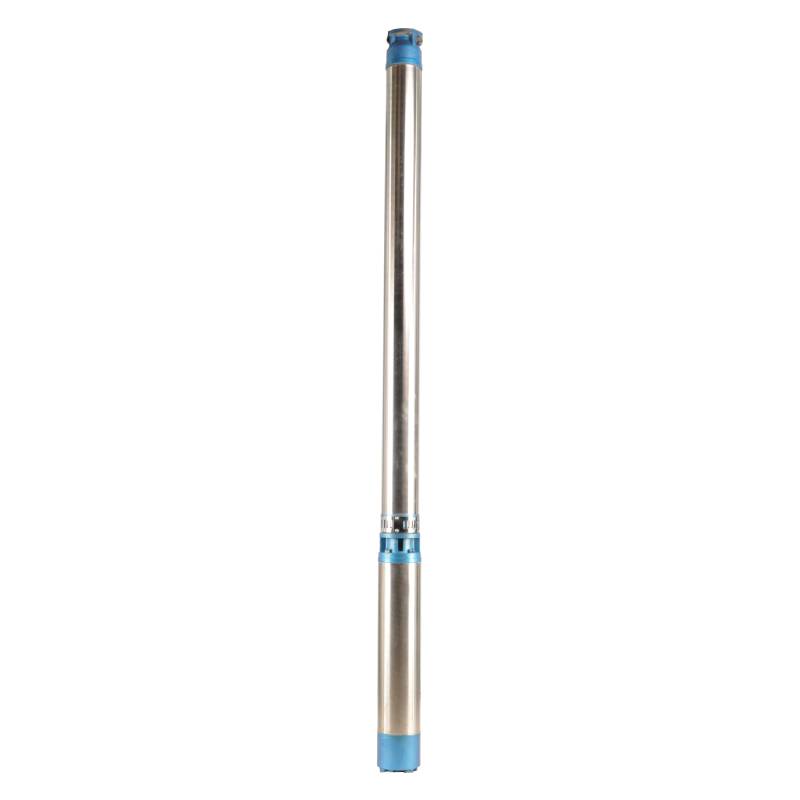Oct . 22, 2024 04:52 Back to list
Common Issues with Submersible Well Pumps and How to Troubleshoot Them
Common Problems with Submersible Well Pumps and How to Troubleshoot Them
Submersible well pumps are essential for providing water in residential and agricultural settings, often used to draw water from deep underground sources. Despite their reliability, these pumps can encounter several issues over time due to various factors such as wear and tear, improper installation, or external environmental conditions. Understanding the common problems associated with submersible well pumps and knowing how to troubleshoot them can help ensure their longevity and efficiency.
1. Pump Not Starting
One of the most common problems experienced with submersible well pumps is that they simply do not start. This issue can arise from several factors
- Power Supply Issues Ensure that the power supply is functioning properly. Check for tripped circuit breakers or blown fuses. Inspect the breaker box for any indications of faults. - Control Box Malfunctions The control box, which regulates the electrical flow to the pump, might be faulty. A professional should test the control box for functioning relays and components.
- Wiring Problems Damaged or corroded wiring can disrupt the flow of electricity to the pump, preventing it from starting. Inspect connections and replace any damaged cables.
2. Low Water Output
Another prevalent issue is low water output, where the pump is unable to deliver the expected volume of water. This problem could stem from
- Clogged Filter or Screen Debris or sediment can accumulate at the intake screen, restricting water flow. Cleaning or replacing the filter can resolve this issue.
- Pump Wear and Tear Over time, parts of the pump may wear down, resulting in decreased efficiency. Inspecting the impeller and motor for signs of wear can help identify the need for repairs or replacement.
- A Drop in Water Table In some cases, a decrease in the water table can cause low output. Regularly monitoring the water levels and managing resource usage can prevent this issue from escalating.
submersible well pump problems

3. Overheating
Submersible pumps can also overheat, which may cause the motor to fail if not mitigated
. Common reasons for overheating include- Continuous Operation If the pump runs continuously without breaks, it may overheat. Implementing a pumping schedule that allows for rest periods can help prevent overheating.
- Low Water Levels Operating a pump with insufficient water can lead to overheating. Ensure the well has an adequate water level to prevent this issue.
- Insufficient Cooling Submersible pumps depend on the surrounding water for cooling. Obstructions in the well or poor installation can restrict water access. Regular maintenance can help ensure proper cooling.
4. Unusual Noises
If the pump produces strange noises, it could indicate a considerable issue. Potential reasons include
- Cavitation This occurs when the pressure in the pump drops too low. Cavitation can lead to damaging vibrations, so it’s critical to address any issues causing it.
- Mechanical Failures Noises such as grinding, rattling, or squealing can indicate worn bearings or other mechanical failures. A thorough inspection should be conducted to identify and fix the problem.
Conclusion
Regular maintenance and prompt troubleshooting are vital for the longevity of submersible well pumps. Homeowners should remain vigilant for any signs of malfunction, such as poor performance, unusual sounds, or operational issues. By addressing these common problems quickly and efficiently, you can ensure that your submersible well pump continues to operate reliably for years to come. When in doubt, seeking help from a professional can save you time, costs, and potential headaches associated with a malfunctioning pump.
-
Submersible Water Pump: The Efficient 'Power Pioneer' of the Underwater World
NewsJul.01,2025
-
Submersible Pond Pump: The Hidden Guardian of Water Landscape Ecology
NewsJul.01,2025
-
Stainless Well Pump: A Reliable and Durable Pumping Main Force
NewsJul.01,2025
-
Stainless Steel Submersible Pump: An Efficient and Versatile Tool for Underwater Operations
NewsJul.01,2025
-
Deep Well Submersible Pump: An Efficient 'Sucker' of Groundwater Sources
NewsJul.01,2025
-
Deep Water Well Pump: An Efficient 'Sucker' of Groundwater Sources
NewsJul.01,2025
-
 Submersible Water Pump: The Efficient 'Power Pioneer' of the Underwater WorldIn the field of hydraulic equipment, the Submersible Water Pump has become the core equipment for underwater operations and water resource transportation due to its unique design and excellent performance.Detail
Submersible Water Pump: The Efficient 'Power Pioneer' of the Underwater WorldIn the field of hydraulic equipment, the Submersible Water Pump has become the core equipment for underwater operations and water resource transportation due to its unique design and excellent performance.Detail -
 Submersible Pond Pump: The Hidden Guardian of Water Landscape EcologyIn courtyard landscapes, ecological ponds, and even small-scale water conservancy projects, there is a silent yet indispensable equipment - the Submersible Pond Pump.Detail
Submersible Pond Pump: The Hidden Guardian of Water Landscape EcologyIn courtyard landscapes, ecological ponds, and even small-scale water conservancy projects, there is a silent yet indispensable equipment - the Submersible Pond Pump.Detail -
 Stainless Well Pump: A Reliable and Durable Pumping Main ForceIn the field of water resource transportation, Stainless Well Pump has become the core equipment for various pumping scenarios with its excellent performance and reliable quality.Detail
Stainless Well Pump: A Reliable and Durable Pumping Main ForceIn the field of water resource transportation, Stainless Well Pump has become the core equipment for various pumping scenarios with its excellent performance and reliable quality.Detail
